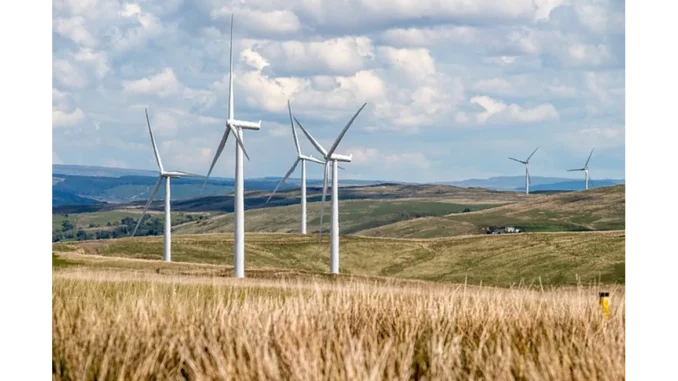
Summary
India Faces $187.6 Billion Shortfall in Renewable Energy Investment Amid Soaring Demand
Amidst its ambitious goal of achieving 500 GW of non-fossil fuel capacity by the early 2030s, India grapples with a significant investment shortfall. Recent data reveals that while USD 12.4 billion was invested in renewable energy in 2023, an estimated USD 200 billion is required to meet these targets. As the nation navigates these hurdles, the integration of battery storage becomes crucial to transitioning from coal to cleaner energy sources.
Main Article
India’s journey towards establishing itself as a global leader in renewable energy is fraught with both promise and challenges. Aiming to install 500 GW of non-fossil fuel capacity by the early 2030s, the nation must navigate the complexities of investment, technology, and policy to achieve its goals. However, a report from Zero Carbon Analytics highlights a stark reality: the USD 12.4 billion investment made in 2023 is a far cry from the USD 200 billion needed.
The Demand Surge
India’s electricity demand surged by 7% in 2023, a rate significantly outpacing the global average. This rapid increase underscores the pressing need for reliable energy solutions, especially during peak hours. Despite adding 20.7 GW of renewable capacity from January to September 2024, India still lags behind its annual target of 50 GW. The gap underscores the urgency of accelerating renewable energy deployment and integrating advanced technologies like battery storage.
The Crucial Role of Battery Storage
Battery storage emerges as a linchpin in India’s renewable energy strategy. It addresses the intermittent nature of solar and wind energy, ensuring a steady power supply. Recent auctions in Gujarat and by the Solar Energy Corporation of India (SECI) show promising cost reductions, with prices as low as $150 per kW. Global reductions in material costs and China’s production overcapacity are key drivers of these trends. Analysts forecast further declines in battery storage costs by 15-20% by 2030, reinforcing its role as a viable alternative to coal.
Neelima Jain, Director of State Initiatives at IECC, warns, “Without accelerated deployment of battery storage, India risks reverting to coal to meet its growing energy demands. This could result in stranded assets and derail the country’s clean energy goals.”
Supply Chain Dependencies
India’s renewable energy ambitions are further complicated by its reliance on imported materials. While the country produces 70-80% of its wind turbines domestically, its solar PV sector is heavily dependent on imports, mainly from China, which dominates 80% of the market. Critical minerals such as lithium, cobalt, and nickel are also predominantly imported. Building a resilient domestic supply chain and focusing on recycling solar and wind components are essential steps for sustainability.
Strategic Global Positioning
Despite these challenges, India has the potential to emerge as a leader in the renewable energy sector, particularly in the Asian market. As China continues to expand its clean energy exports, India has the opportunity to enhance its renewable initiatives across Southeast Asia and beyond. Aditya Lolla, Asia Programme Director at Ember, states, “This is a pivotal moment for India to influence the renewable energy landscape in emerging economies across the global south.”
Detailed Analysis
To bridge the substantial gap between current efforts and ambitious targets, India must prioritise battery storage investments and renewable capacity while addressing critical supply chain dependencies. A concerted push towards achieving short- and medium-term renewable goals is crucial for reinforcing India’s position as a leader in the global energy transition.
Investment and Policy Synergy
Strategic investment and policy alignment are essential to achieving India’s renewable energy objectives. By fostering public-private partnerships and incentivising domestic manufacturing, India can mitigate its reliance on imports. Additionally, integrating advanced technologies and innovative financing mechanisms will be crucial in accelerating the transition.
The Role of International Cooperation
International cooperation and knowledge exchange can further bolster India’s renewable energy efforts. Engaging with global leaders in renewable technology and sustainable practices will provide invaluable insights and resources to enhance domestic capabilities.
Further Development
As India continues its renewable energy journey, ongoing developments in battery storage technology and supply chain management will be critical areas to watch. With international collaborations potentially on the horizon, India’s positioning in the global renewable landscape is poised for transformation. Readers are encouraged to stay informed as these dynamics unfold, impacting the future of energy in India and beyond.

